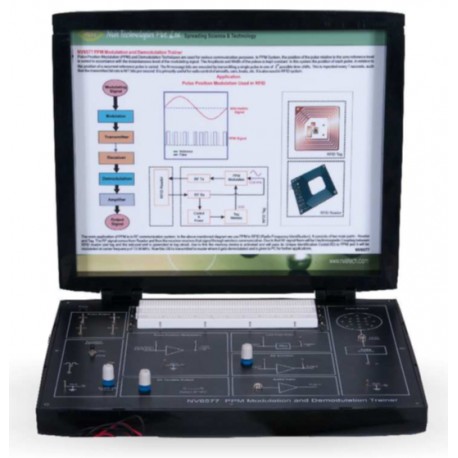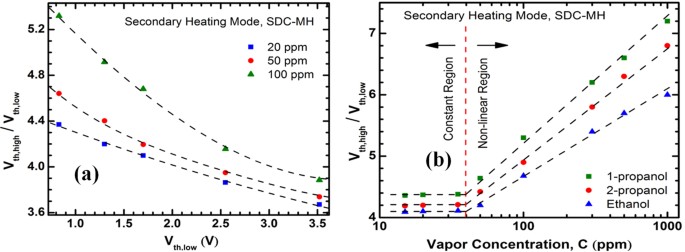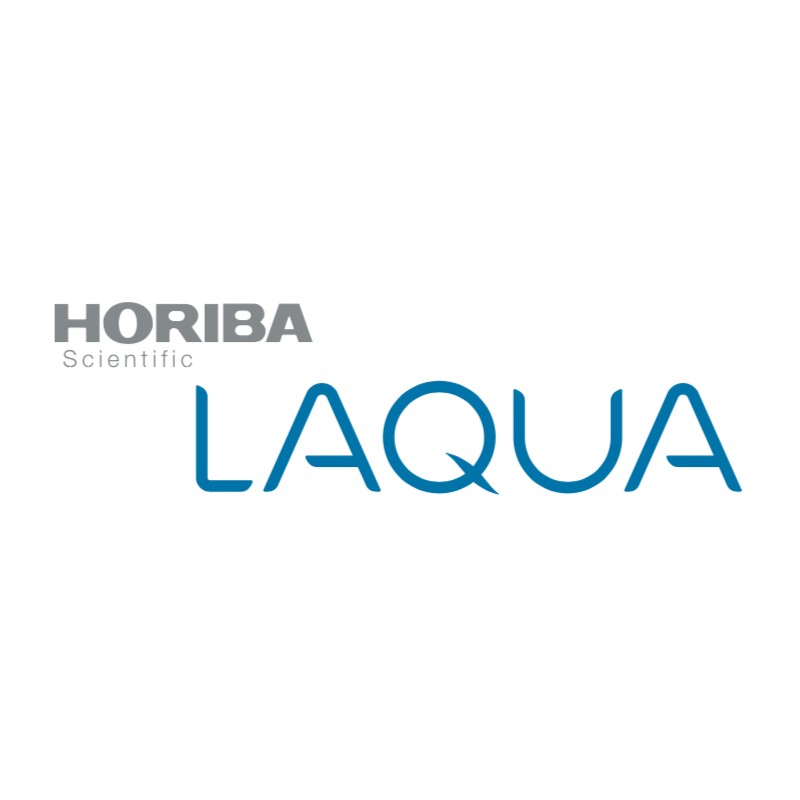
This could be because the copper has some water content, as it was not dried properly before weighing. This value is above 100%, which indicates that some error has occurred. Calculate the percentage of copper recovered in the process.Ĭalculating using the same formula used in problem I. The amount of copper recovered at the end of the purification process is 18.29 gm. Percent recovery = (8.67 ÷ 11.23) × 100 = 77.20 %ħ7.20% of zinc is recouped in this process.ġ4.18 gm of copper is used for a recrystallization experiment. Percent recovery = (amount of substance recovered on purification ÷ amount of substance originally taken) × 100 Calculate the percentage recovery of zinc. At the end of the reaction, 8.67 gm of zinc is retained in the flask. Thus, the actual amount of the crystallized substance changes.ġ1.23 gm of zinc is used as a reactant in a recrystallization reaction. The reason for this is, some of the original substance may be spilled out or retained in the container that has been used for recrystallization. However, it may slightly vary from the exact value. The value below 100% is usually the desired value. The value above 100% is the inaccurate value due to erroneous calculation/weighing. There are two cases of percent recovery yield: below 100% and above 100%. This leads to the reduction in the element’s actual quantity. of 1 (w/w for solids, liquids, dusts, mists and vapours and v/v for gases) or greater, unless there is a presumption that an ingredient present at a concentration of less than 1 can still be relevant for classifying the mixture for acute toxicity. However, note that some amount of the original substance may be lost in this process. Later, the solution is cooled, such that the element/compound is precipitated. Ltd., Japan), which contains a photoionization detector.
The decreasing concentration of the VOC vapor in the chamber air was periodically monitored by a VOC meter (TG-5300, Bionics Instrument Co. In this process, a certain element/compound to be purified is mixed with a hot solvent. The initial concentration of the VOC vapor, such as 1000 ppm, was set by the amount of the VOC liquid to be evaporated, which was 23 g. In organic chemistry, some elements are purified by performing the process of recrystallization. You can either leave the measurement in milliliters or convert it back to liters to get 2.002 L.Percent recovery calculation is mainly applicable to those reactions in which the identity of the substance to be purified remains the same before and after the reaction.

Multiply each side by V to get V(2.16 g/mL) = 3.45 g. The formula would read 2.16 g/mL = (3.45 g)/V. Also, explore tools to convert part/million (ppm) or gram/liter to other concentration - solution units or learn more about concentration - solution conversions. In this case, the density of salt is 2.16 g/mL. The part/million (ppm) to gram/liter g/L conversion table and conversion steps are also listed. Four uL can be measured fairly accurately with a 5 uL syringe. Therefore V2 C1V1/C2 4E-6 L or 4E-3 mL 4 uL. Look up the density of salt either in a textbook or online and solve the formula for m. Set up the equation C1V1 C2V2 where C1 1 ppm, V1 1.2 L, C2 300,000 ppm.


Measure the volume from the curve at the top of the solution, or the meniscus, to get the most accurate reading. If you’re finding the volume in a lab, mix the solution in a graduated cylinder or beaker and look at the measurement.
#HOW TO CALCULATE PPM VOC VS EVAPORATED LIQUID PLUS#
The total volume of the solution is the amount of solvent plus the amount of solute added to it.


 0 kommentar(er)
0 kommentar(er)
